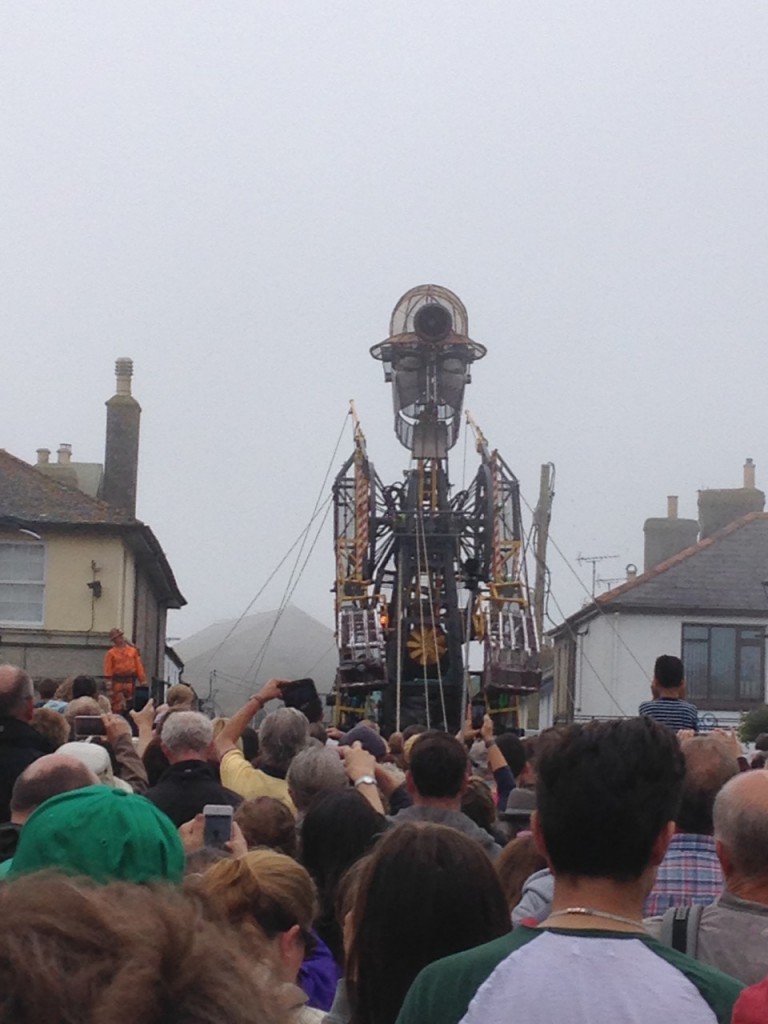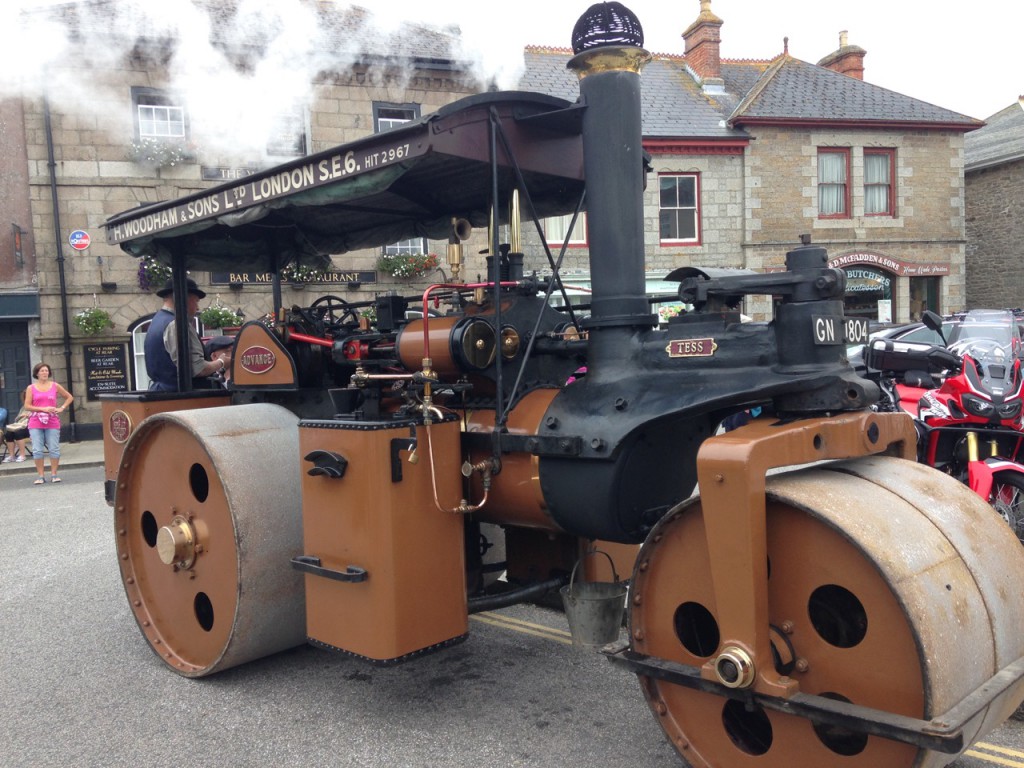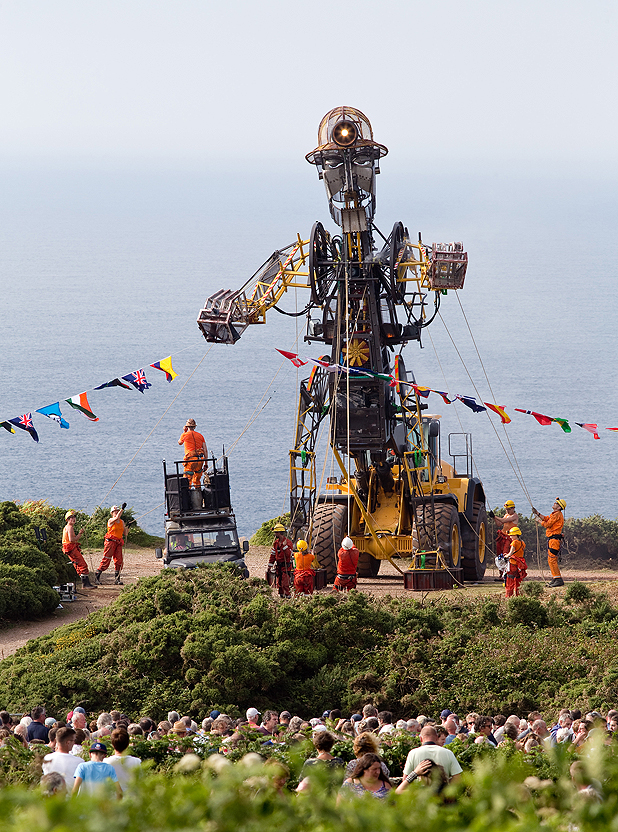Ten years ago UNESCO included the mining areas of Cornwall in its World Heritage listings. Such a listing recognises the contribution made to mankind by the miners, and more importantly, the by innovations that were developed to ease the task that have subsequently shaped the way we live today.
The miners’ safety lamp, or Davy Lamp made mining in flammable atmospheres considerably safer, not just because it avoided explosions, but also because the candles didn’t go out all the time. The scientist Humphrey Davy was Penzance born and many of the world’s eminent scientists of the time came to visit and work with him there.
Camborne’s Richard Trevithick was an inventor and mining engineer who developed steam power to first drive the engine that made deep mining for tin possible, and then he went on to create the first ever locomotive. That locomotive, called Puffing Billy carried six people up Camborne Hill on Christmas Eve 1801 – and so inspired one of the most often sung Cornish songs “Going up Camborne Hill (coming down)”.
When the mines started their long decline in the early 20th century Cornish miners were in heavy demand across the world, and there are at least 175 international sites where the Cornish were to be found at the bottom of some pit digging away.
Today that all seems a dream, and not a good one either. The work was desperately hard, and wages low. Women and children were involved above ground, dressing the ore – which generally meant smashing it into smaller pieces so the tin could be separated off in buddles or other tin streaming methods. The last large scale Cornish tin mine, Geevor, closed in 1990.
And that’s where we pick up the story of The Man Engine.
Someone had a dream to celebrate the tenth, or tinth, anniversary of the UNESCO status in a big way, and big it was too. The Man Engine was created and for the last two weeks it has performed its display, or transformation, across Cornwall and West Devon, attracting huge crowds as it went along.
The biggest event was in Penzance, where more than 20,000 crowded the streets for a day of celebration. The most poignant was the last transformation, at Geevor, where the Teazer (or master of ceremonies) read the names of the 31 miners killed in 1919 when the actual man engine at nearby Levant failed sending the miners plunging to their deaths. One was a young lad on his first day in the mine.
On a suitably foggy atmospheric Saturday morning the St Just transformation was witnessed by a good few thousand people, and The Man Engine was presented with a huge Cornish pasty from McFadden’s. In St Just a trio of traction engines turned up to create an even bigger spectacle before heading off down to Nancherrow and the Rugby pitch.
The world’s biggest puppet then went on to do his thing in Botallack, and then in the late afternoon finished his tour at Geevor after showing off to a total audience of 130,000 people.
There are plans afoot to tour him abroad, and then hopefully he’ll return to an appropriate site – I hope that happens to be Geevor.
Kober! Arghans! Sten! Sten! Sten!
Yn pub karreck? Yn pub men!
Kober! Arghans! Sten! Sten! Sten!
An gwella sten? Yn Kernow!









Wow, I wish I could have been at Geevor, great background – historically and photographically.
It was quite special. I should have gone to the Penzance one too, but I think it was a bit of a crush!